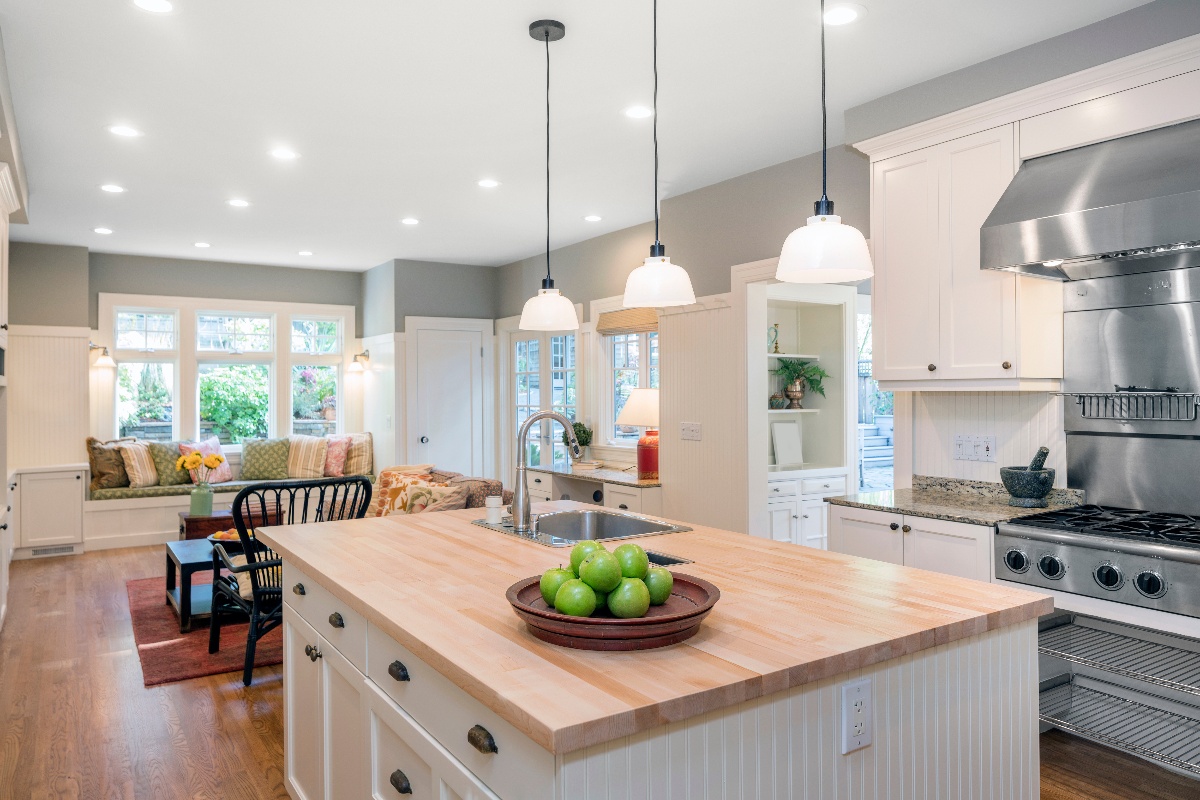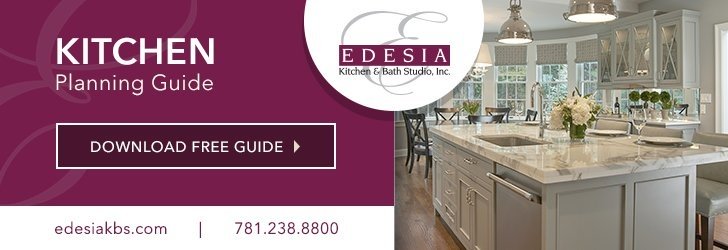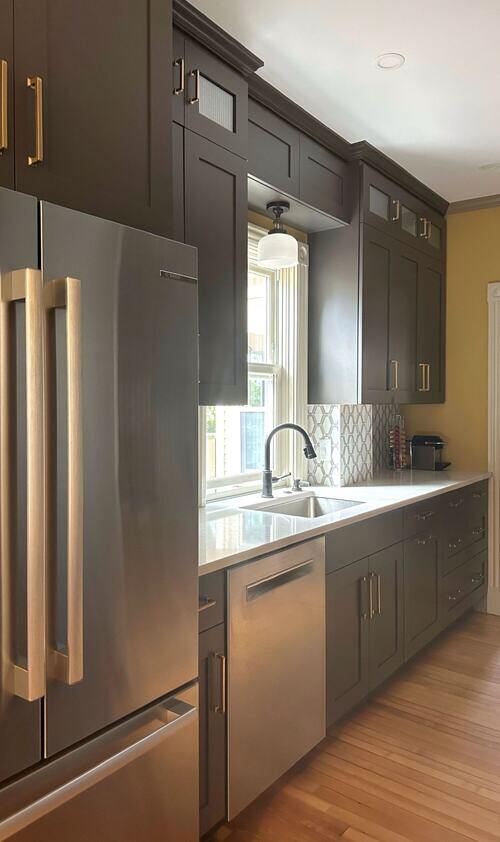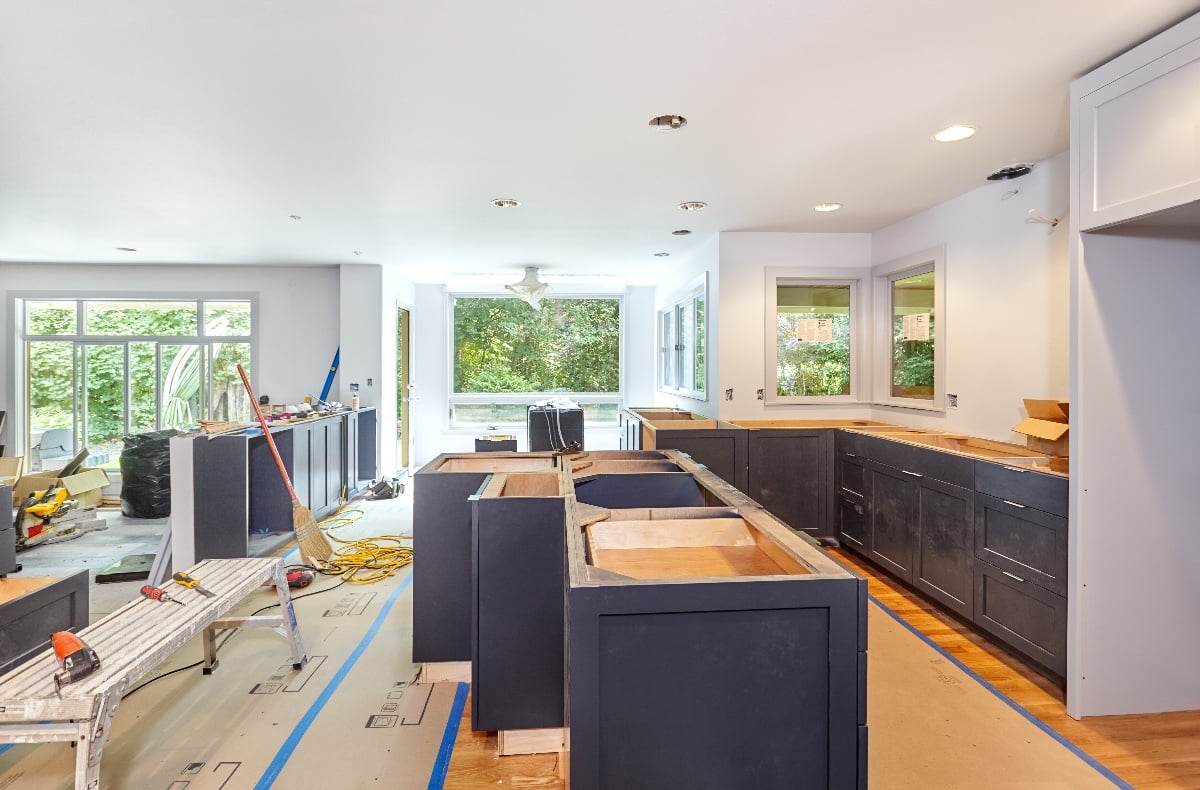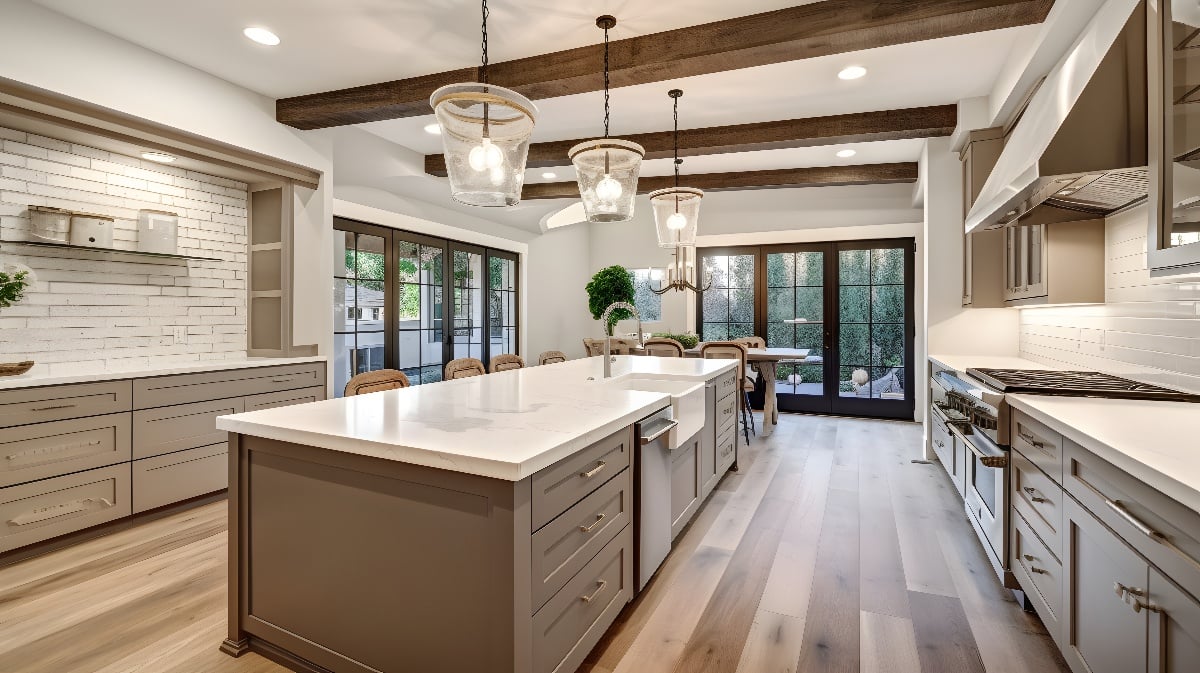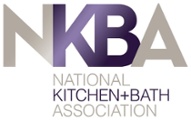You know how light can make or break a room? Well, your kitchen is no exception. With so many options, from pendants to under-cabinet to the humble overhead, choosing the right lighting is crucial but can feel totally overwhelming. In this article, we'll walk through the key kitchen lighting types, things to consider about your space and lifestyle, and a few clever tricks to make your kitchen shine. We've tested all the latest fixtures and have the inside scoop on picking lights that are beautiful, functional, and on-trend. So read on for the brightness!
In just a few minutes, you'll go from stumped to illuminated on how to light up your kitchen in style.
Types of Kitchen Lighting: Overhead, Task, Ambient, Accent
Overhead Lighting
Overhead lighting like pendant lights or recessed lights illuminate the whole kitchen. They’re ideal for general lighting but can be harsh, so dimmers help control brightness.
Task Lighting
Under-cabinet or over-the-sink lighting focuses light where you need it for tasks like chopping, reading recipes or doing dishes. LED strip lights are an easy, affordable option.
Ambient Lighting
Ambient lighting creates a warm glow and helps set the mood. Wall sconces, accent lighting under cabinets and dimmable overhead lighting all work great.
Accent Lighting
Use accent lighting like spotlights or track lighting to highlight kitchen features like a tile backsplash, open shelving or artwork. Dim the other lights and the accents will take center stage.
With the right combination of overhead, task, ambient and accent lighting, your kitchen will be a well-illuminated, inviting space for everything from quick meals to long chats with friends.
Don’t be afraid to have some fun with different types of fixtures, bulbs, and placements. Your kitchen lighting should reflect your style and how you really use the space. After all, the kitchen is the heart of the home!
Factors to Consider When Choosing Kitchen Lighting
Choosing the right lighting for your kitchen is key. After all, the kitchen is the heart of the home, where memories are made and meals are shared. You’ll want lighting that’s not only functional but creates the perfect ambiance.
Task lighting
For prepping and cooking, task lighting is a must. Under-cabinet lights or pendant lights over work areas provide direct illumination so you can chop, stir and sauté with ease. LED strip lights are an energy-efficient option that provides even lighting.
Ambient lighting
Ambient lighting, like recessed or track lighting, creates overall illumination for your kitchen. It allows you and your guests to navigate safely while setting the right mood. Dimmer switches give you maximum control over the amount of ambient light.
Accent lighting
Don’t forget accent lighting to highlight architectural details or display prized countertop appliances. Spotlights or picture lights work well for illuminating artwork, while cabinet lighting showcases decorative dishware.
At the end of the day, the best kitchen lighting for you depends on how you use the space. Think about the different zones in your kitchen—food prep area, dining area, bar area—and choose fixtures suited to each need. Layer different types of lighting and include dimmers for maximum flexibility. With the right mix, your kitchen will be functional, stylish and inviting at any hour.
Recommendations for Optimal Kitchen Lighting
For a kitchen, you want lighting that is bright but also warm and inviting. Here are some recommendations to achieve the perfect kitchen glow:
Task Lighting
Having good task lighting over work areas like counters, sinks and stovetops is essential in a kitchen. Track lighting with adjustable spotlights is an ideal solution. Position the spotlights so you have ample illumination where you need it for food prep and cooking. Dimmer switches allow you to adjust the brightness to your needs.
Ambient Lighting
In addition to task lighting, ambient or general lighting helps prevent shadows in the room and creates an inviting glow. Recessed lighting in the ceiling is a popular choice, as are pendant lights over tables and islands. For a stylish look, try a statement pendant with an exposed filament bulb. As with task lighting, make sure any ambient lighting is dimmable so you have full control over the level of brightness.
Natural Light
If possible, incorporate natural light into your kitchen design. Nearby windows and skylights can provide sufficient daytime illumination and a cheerful, airy feel. For the evenings, your task and ambient lighting take over. For the best of both worlds, choose windows that face east or west to get lots of indirect sunlight during the day.
With the right combination and placement of task, ambient and natural lighting, your kitchen will be a bright, functional and enjoyable space for cooking, eating and entertaining. Take the time to evaluate how you use your kitchen and install the necessary fixtures to meet your specific needs. Your perfect lighting solution is out there - you just have to shed some light on it!
Conclusion
The bottom line is that the best kitchen lighting balances both form and function. Sure, pendant lights over the island look super stylish, but if they don't provide enough light for meal prep and clean up, you'll regret it later. Likewise, stark overhead fluorescents might help you see every speck of dirt, but they kill the vibe.
Find fixtures with the right lumens for tasks, then layer on accent lighting. Sconces, under-cabinet lights, and even some recessed spots can make your kitchen as beautiful as it is bright. Lighting sets the mood. With the right blend, your kitchen will not just be seen but shine. Contact us for help with your kitchen design and lighting layout.

